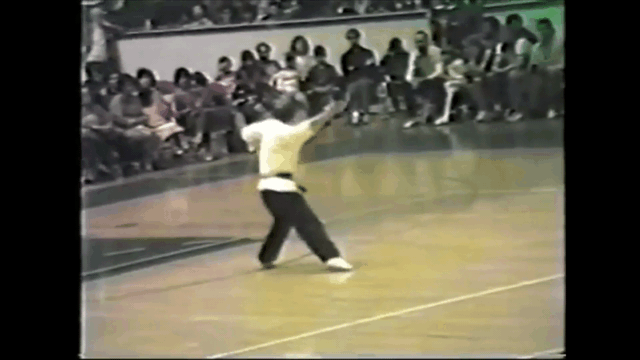I was looking over some old video and think "man I need some new material" and I came across something that we often talk about here. "punching with the body" vs "punching only with the arms"
So I thought I would share one of my informal training sessions. This was an extra day session where I would practice on my own and just be available for anyone who showed up. So on this day (after hurting my back) I decided to cover the technique "Parry Punch"
Here's what the video covers and demonstrates
1. Correct way to parry (Meaning correct as in what I teach not as in the only way to do something).
2. Punching using the body (you'll get to see how effective it is)
One thing you'll see here is how difficult it is for some student to understand the concepts and then to apply the concepts. I spent 20 minutes trying to help them with, Parry, Punch, and using the body to hit. This is not the entire session. I didn't think anyone would be interested in the whole thing as it's an informal session. With some discussions. Nothing is staged. I simply put my phone against the window and went about my day.
So I thought I would share one of my informal training sessions. This was an extra day session where I would practice on my own and just be available for anyone who showed up. So on this day (after hurting my back) I decided to cover the technique "Parry Punch"
Here's what the video covers and demonstrates
1. Correct way to parry (Meaning correct as in what I teach not as in the only way to do something).
2. Punching using the body (you'll get to see how effective it is)
One thing you'll see here is how difficult it is for some student to understand the concepts and then to apply the concepts. I spent 20 minutes trying to help them with, Parry, Punch, and using the body to hit. This is not the entire session. I didn't think anyone would be interested in the whole thing as it's an informal session. With some discussions. Nothing is staged. I simply put my phone against the window and went about my day.



